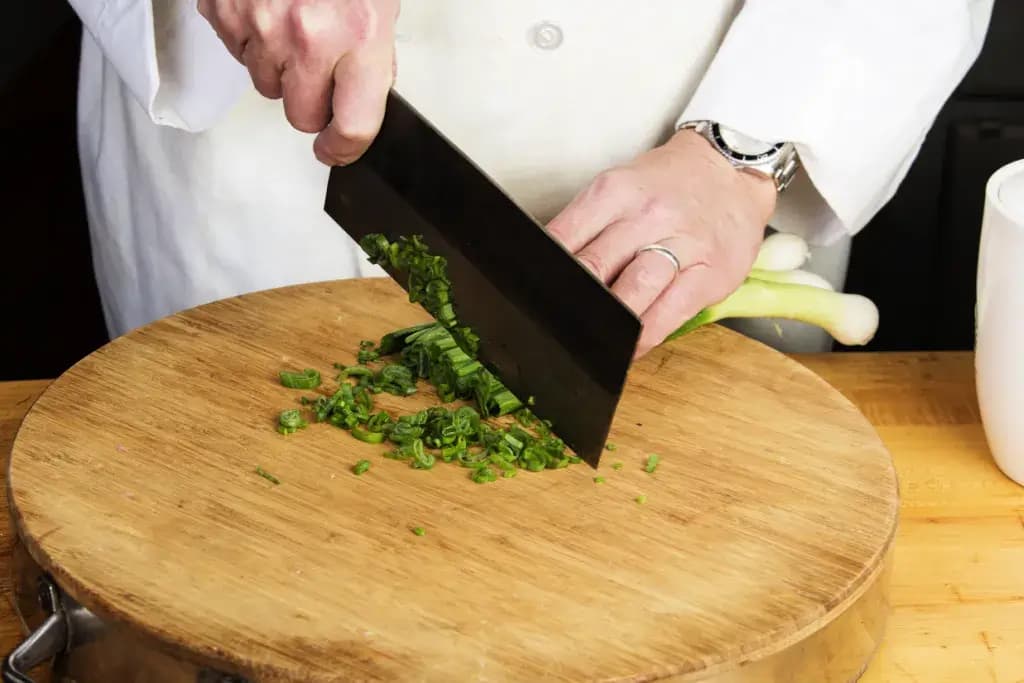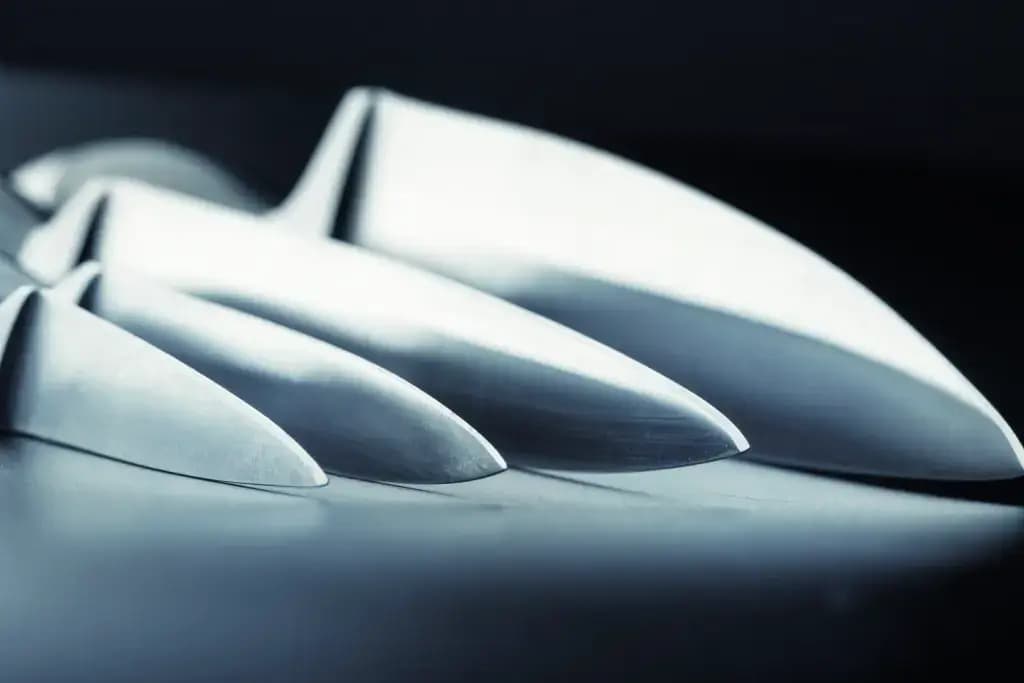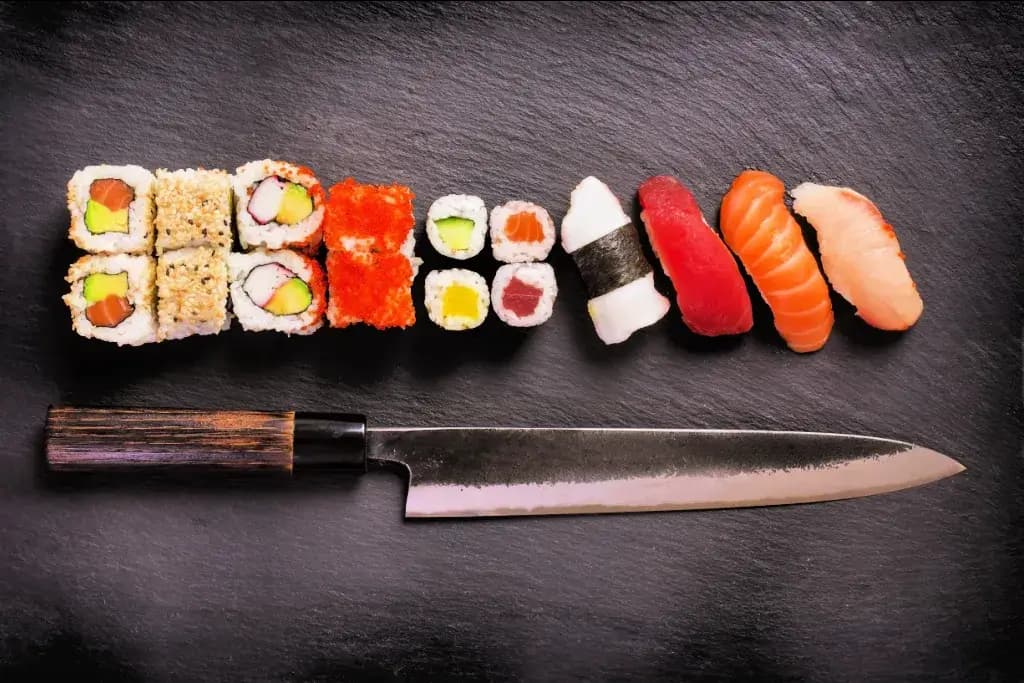

2025 SEPTEMBER 26
.James Lau
Usuba Knife Explained: History, Use, and How It Differs from Nakiri
The usuba knife is a traditional Japanese kitchen tool made specifically for vegetables. Its straight, thin blade allows for very accurate cuts. Unlike more versatile knives, the usuba is designed for one clear purpose: slicing vegetables cleanly and evenly.
Compared to other knives, it requires more practice to use, but it rewards careful technique. For chefs who focus on detail, the usuba is an essential knife!
What is an usuba knife?
The word “usuba” means “thin blade,” and the name reflects its design. This knife has a tall, rectangular shape with a flat edge, making it well-suited for straight, downward chopping. Unlike the nakiri, the usuba has a single-bevel edge, sharpened only on one side. This lets it slice vegetables without crushing or tearing them. Because of this, the usuba is often used in traditional dishes where presentation is essential.
There are two styles of usuba. The Kansai style has a square tip and is popular in Kyoto, while the Kanto style, called the kamagata usuba, has a pointed tip for detailed work. Both types require careful handling, since the thin edge can chip if misused. Usuba knives are made of high-carbon steel, which stays sharp but needs frequent maintenance. While not common in everyday households, they remain standard in professional kitchens.

History of the Usuba Knife
The usuba knife became widely used during the Edo period (1603-1868). At this time, formal Japanese dining placed substantial importance on the look of each dish. Chefs began using the usuba to cut vegetables into thin, even slices for artistic presentation. Kaiseki cuisine, which developed alongside the tea ceremony, made the usuba especially important. The knife became a symbol of precision in cooking and is still tied to professional use today.
Unlike knives that spread into home kitchens, the usuba stayed connected to professional chefs. This is because it takes more skill to use compared to double-beveled knives. The thin, single-bevel edge can make cutting more difficult for beginners, but experts use it to achieve exact shapes and textures. As a result, the usuba is more of a specialized blade. Even today, it’s used mainly by chefs in restaurants or training schools.
What should I look for in a quality usuba knife?
A good usuba knife should be sharp, well-balanced, and made from strong materials. Most high-quality versions use high-carbon steel, which holds an edge well but requires care to prevent rust. Stainless steel versions are easier to maintain, though they may not stay sharp as long. The blade should be tall, which helps when chopping large vegetables. Because of the flat edge, it works best with straight up-and-down cuts.

Handles are another important feature to consider. Many usuba knives come with traditional wooden handles, which are lightweight and easy to grip. The balance between the blade and handle should feel comfortable in your hand. Since the blade is thin and sharp, regular sharpening with a whetstone is necessary to keep it performing well. Buying from a trusted Japanese maker ensures both quality and authenticity.
Are you looking for amazing knives to cut your vegetables with? Check out ZAKU! Check out ZAKU! ZAKU has authentic knives handmade in Japan for all of your culinary needs!

Usuba vs. Nakiri Knife
The usuba and the nakiri may look similar, but they are different. The nakiri has a double-bevel edge, sharpened on both sides. The usuba has a single bevel, allowing for thinner and more precise cuts but also requiring more practice. The nakiri is more popular in households because it is straightforward and versatile. The usuba, in contrast, is meant for chefs who need maximum precision.
Another difference is how forgiving they are to beginners. The nakiri can easily handle uneven angles or pressure, making it ideal for everyday vegetable prep. The usuba, however, demands exact technique. Even small mistakes can lead to uneven slices or chipped edges. The nakiri is a better choice for casual cooking, but for professional-level presentation, the usuba is unmatched.
Why should I use an usuba knife?
People use the usuba knife because it allows them to prepare vegetables with accuracy that other knives cannot match. This blade makes tasks like peeling daikon radish into long ribbons or slicing cucumbers into paper-thin sheets possible. For chefs working with traditional Japanese dishes, the usuba is often required. It represents precision and discipline in food preparation. Using it is as much about skill as it is about cooking.

The usuba may not be necessary for home cooks, but it can still be rewarding. Learning how to use one builds confidence and teaches better knife control. It also provides insight into Japanese culinary traditions, where appearance and taste are equally important. While the knife requires practice, it gives a sense of accomplishment when mastered.
For anyone serious about cooking, trying an usuba is a great challenge! Would you take on the challenge of mastering the usuba, or would you stick with simpler everyday knives? Let us know in the comments below!



















